King Dollar Stands Tall As Recession Fears Churn Global Markets
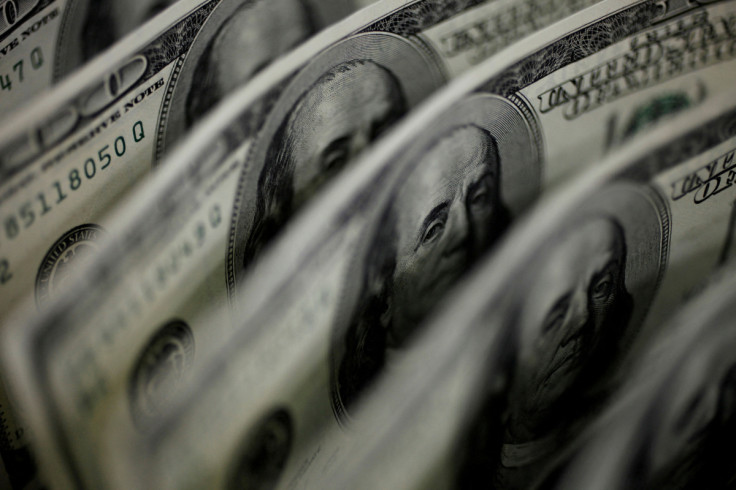
A cocktail of global growth fears, Federal Reserve hawkishness and euro weakness has boosted the U.S. dollar to its highest level in around 20 years, and some investors are betting there may be more gains ahead.
The dollar index, which measures the greenback against six major currencies, is up 12% against a basket of its peers in 2022 and is on track for its best year since 2014. The measure has logged a gain 7 out of the last 10 years.
Graphic: Dollar's long rally,
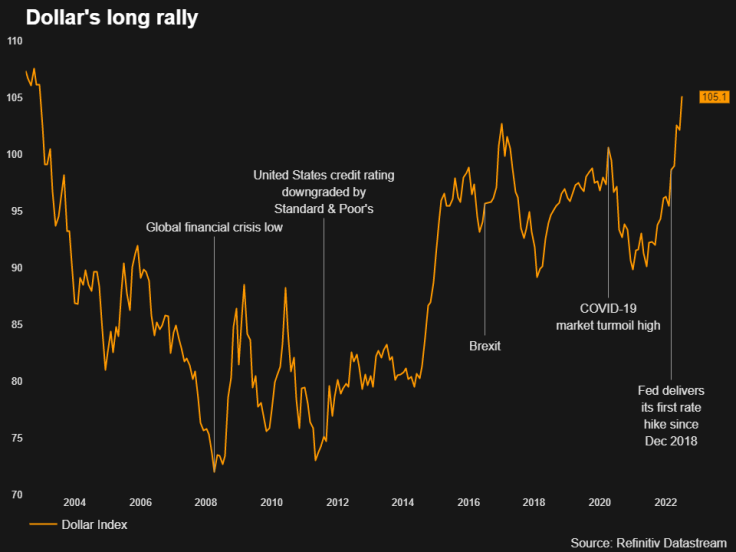
Multiple factors are driving the dollar's gains. Investors believe the Federal Reserve is likely to continue raising interest rates more aggressively than many other global central banks as it faces the worst U.S. inflation in decades, making the dollar more attractive to yield-seeking investors.
At the same time, some analysts worry that monetary tightening by the Fed and other central banks risks throwing the global economy into a recession. Other market participants are holding dollars because they believe the United States will weather a looming global downturn better than other countries.
Graphic: King dollar,
The greenback has risen against every G10 peer, with the Japanese yen feeling the most pain as the Bank of Japan bucks the wave of monetary tightening among global central banks.
The stampede for dollars amid mounting global recession risks has combined with surging European gas prices to bring the euro to a two-decade low and close to parity with the greenback.
If the Fed is still hiking rates even as Europe and the United States slide into a recession, the euro could fall to as low as 0.95 against the dollar, down about 7% from its current level, wrote Deutsche Bank's George Saravelos.
"We are not yet willing to go that far, but there has been a clear deterioration in the global and euro-specific growth outlook over the last two weeks which in our view justifies the dollar rally," he wrote.
Kit Juckes, head of FX strategy at Societe Generale, also believes the dollar may benefit in a global recession.
"The recession fear is global and unaffected by the U.S. data," he wrote in a note earlier this week. "If the U.S. data are weak, we will expect European data to be equally weak."
Graphic: U.S. dollar index in rate hiking regimes,
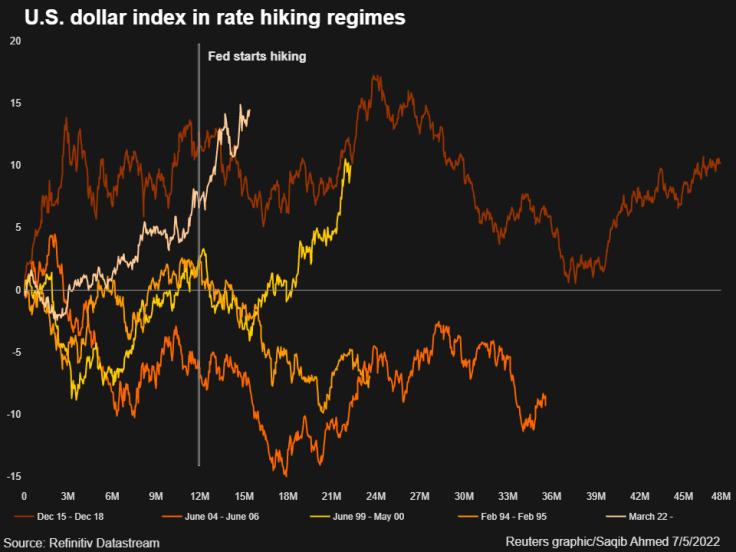
History shows that the dollar tends to rise in the months leading up to the first interest rate hike in hiking cycles, before easing following more rate hikes.
So far, however, the dollar has shown few signs of slowing down. The dollar index is up 8% since the Fed raised rates on March 16, its first hike since December 2018.
A strong dollar could help the Fed fight inflation by making imports cheaper. At the same time, it makes U.S. exporters' products less competitive abroad while pressuring the bottom line of U.S. companies that need to convert their foreign profits into dollars.
In June, Microsoft Corp cut its fourth-quarter forecast for profit and revenue, joining a number of U.S. companies warning of a hit from the stronger greenback.
Graphic: GLOBAL-FOREX-DOLLAR,
The dollar's strength has been accompanied by a sharp rise in currency market volatility, as traders try to keep up with the rapidly changing global interest rate environment. The Deutsche Bank Currency Volatility Index, which measures expectations for gyrations in FX markets, was last at 11.09, its highest since March 2020. Meanwhile, this year, there have been 25 days when the dollar has risen by 0.5% or more, the most for any comparable period since 2015.
Graphic: Bullish on the buck,
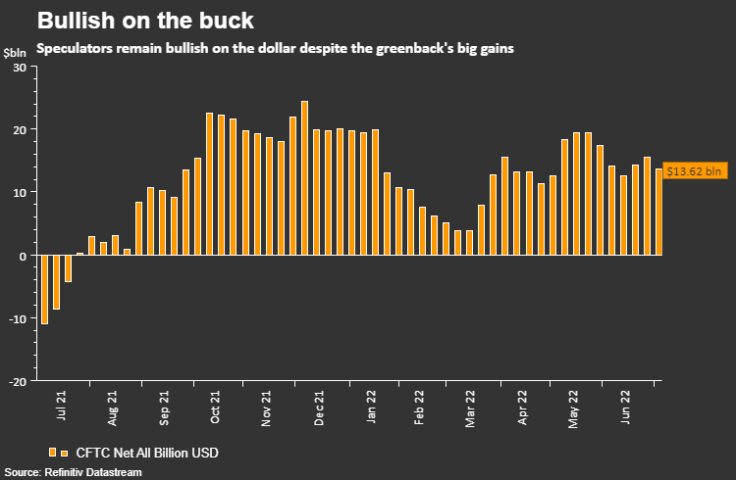
International Monetary Market speculators appear to expect further gains for the dollar, with net bullish bets on the U.S. dollar at $13.62 billion. Speculators have maintained a bullish stance on the dollar for close to a year now, the longest such streak since March 2020, showed the latest data from U.S. Commodity Futures Trading Commission.
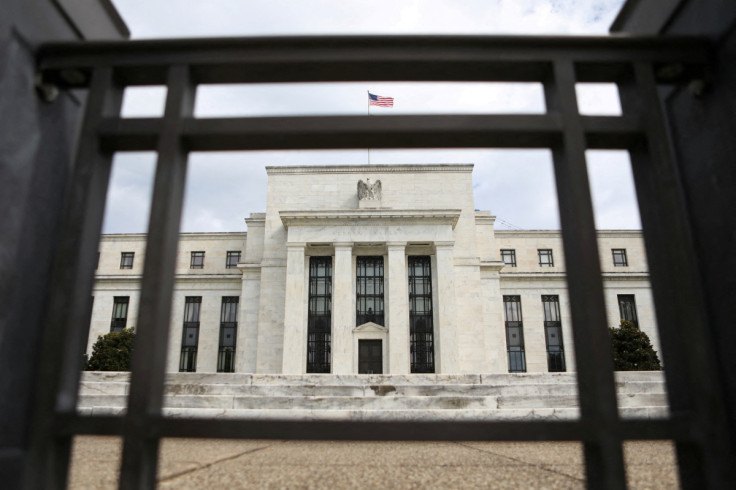
Copyright Thomson Reuters. All rights reserved.






















